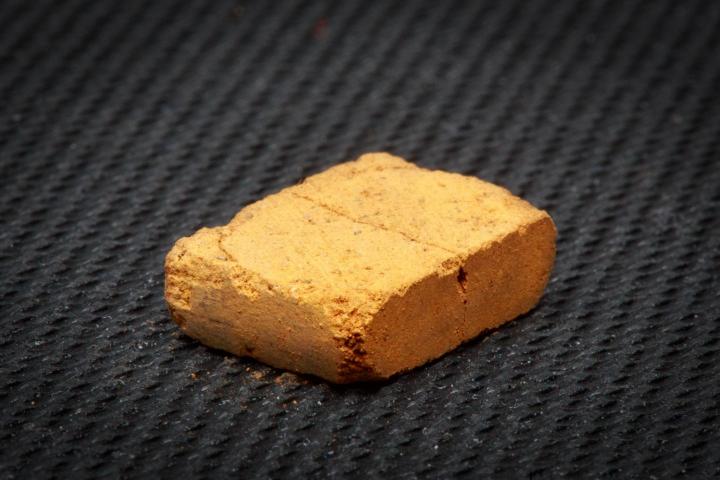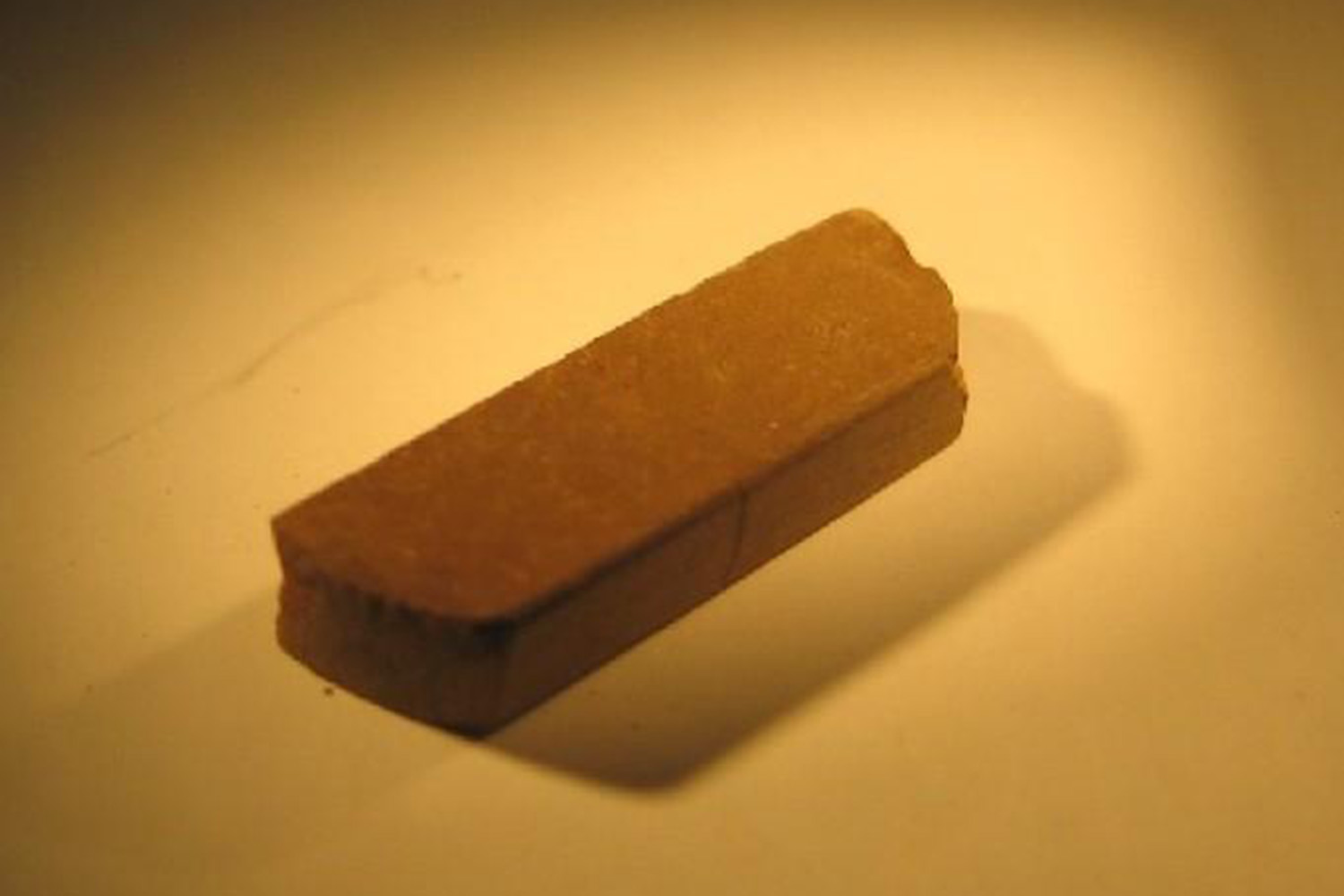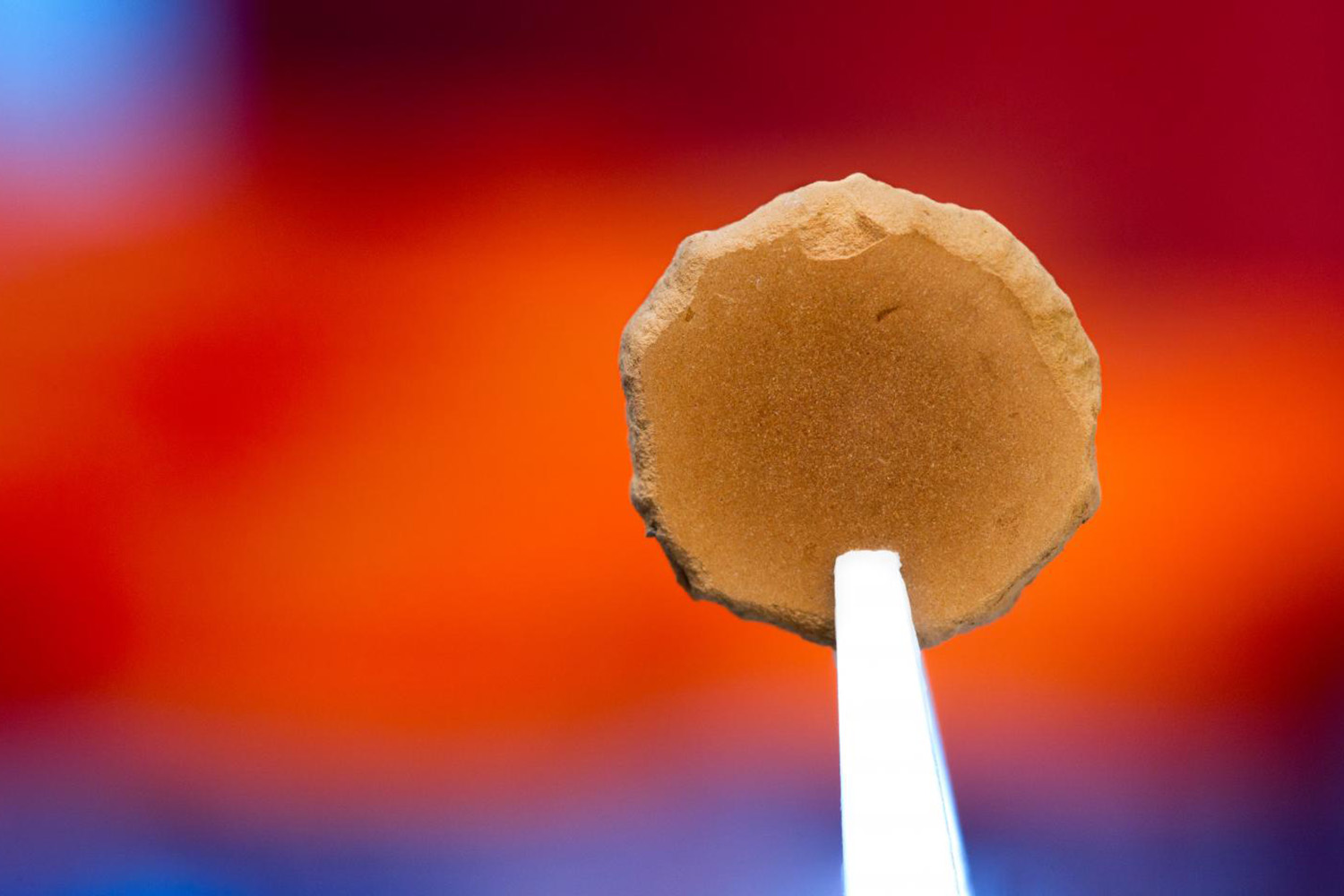
For years, NASA has sought proposals for using lunar and Martian soil (regolith) to build habitats. It is expensive to launch stuff into space, so by using resources found along the way (a principle called in situ resource utilization), agencies can cut back on transportation costs. Although previous proposals managed to create bricks out of regolith, they required kilns and complex chemistry to transform the soil into construction material. The new technique, on the other hand, needs little more than a hammer.
The engineers created the bricks out of a NASA-certified Martian soil simulant. While attempting to reduce the amount of binding polymers needed to shape the simulant into strong enough bricks, they realized the soil itself had a unique property that enabled it to be easily formed with minimal force.
“[It was] the strong bonding among the iron oxide,” Yu Qiao, a structural engineer who led the study, told Digital Trends. “The very same component in Martian soil that gives it the reddish color.”
Thanks to iron oxide’s strong bonding properties, all that was needed to turn the regolith into bricks was a flexible container and pressure equal to someone dropping a 10-pound hammer from a few feet up. No kiln or additives were required. This “no-bake” process is important because, as Qiao said, “It does not demand extensive heating, so [it] needs [a] simpler setup to produce and consumes less energy.”
The new method creates small, round pellets that can then be shaped into bricks. Even without rebar, the researchers found the bricks to be stronger than steel-reinforced concrete.
A paper detailing the study was published this week in the journal Scientific Reports.




